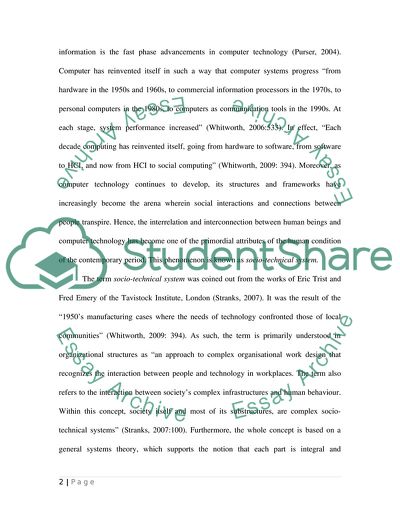Cite this document
(Socio-Technical System: Trust and Identity in Socio-Technical Gap Coursework, n.d.)
Socio-Technical System: Trust and Identity in Socio-Technical Gap Coursework. https://studentshare.org/technology/1741914-an-emerging-area-of-it
Socio-Technical System: Trust and Identity in Socio-Technical Gap Coursework. https://studentshare.org/technology/1741914-an-emerging-area-of-it
(Socio-Technical System: Trust and Identity in Socio-Technical Gap Coursework)
Socio-Technical System: Trust and Identity in Socio-Technical Gap Coursework. https://studentshare.org/technology/1741914-an-emerging-area-of-it.
Socio-Technical System: Trust and Identity in Socio-Technical Gap Coursework. https://studentshare.org/technology/1741914-an-emerging-area-of-it.
“Socio-Technical System: Trust and Identity in Socio-Technical Gap Coursework”. https://studentshare.org/technology/1741914-an-emerging-area-of-it.


